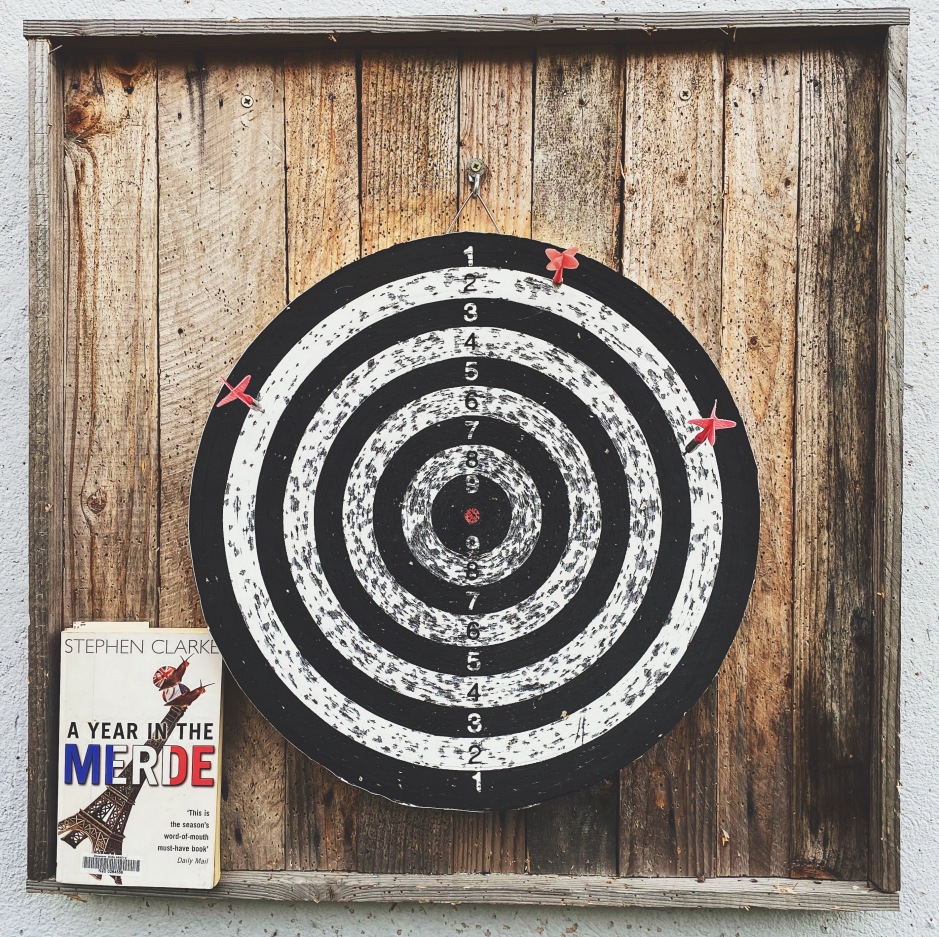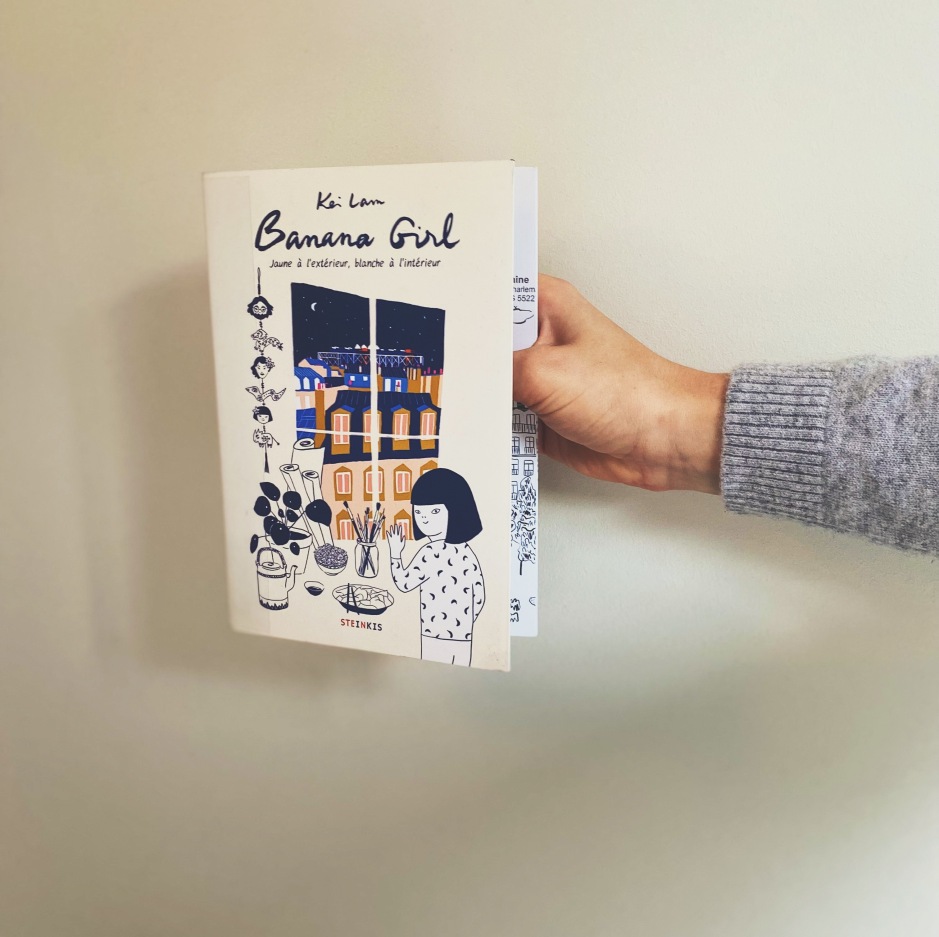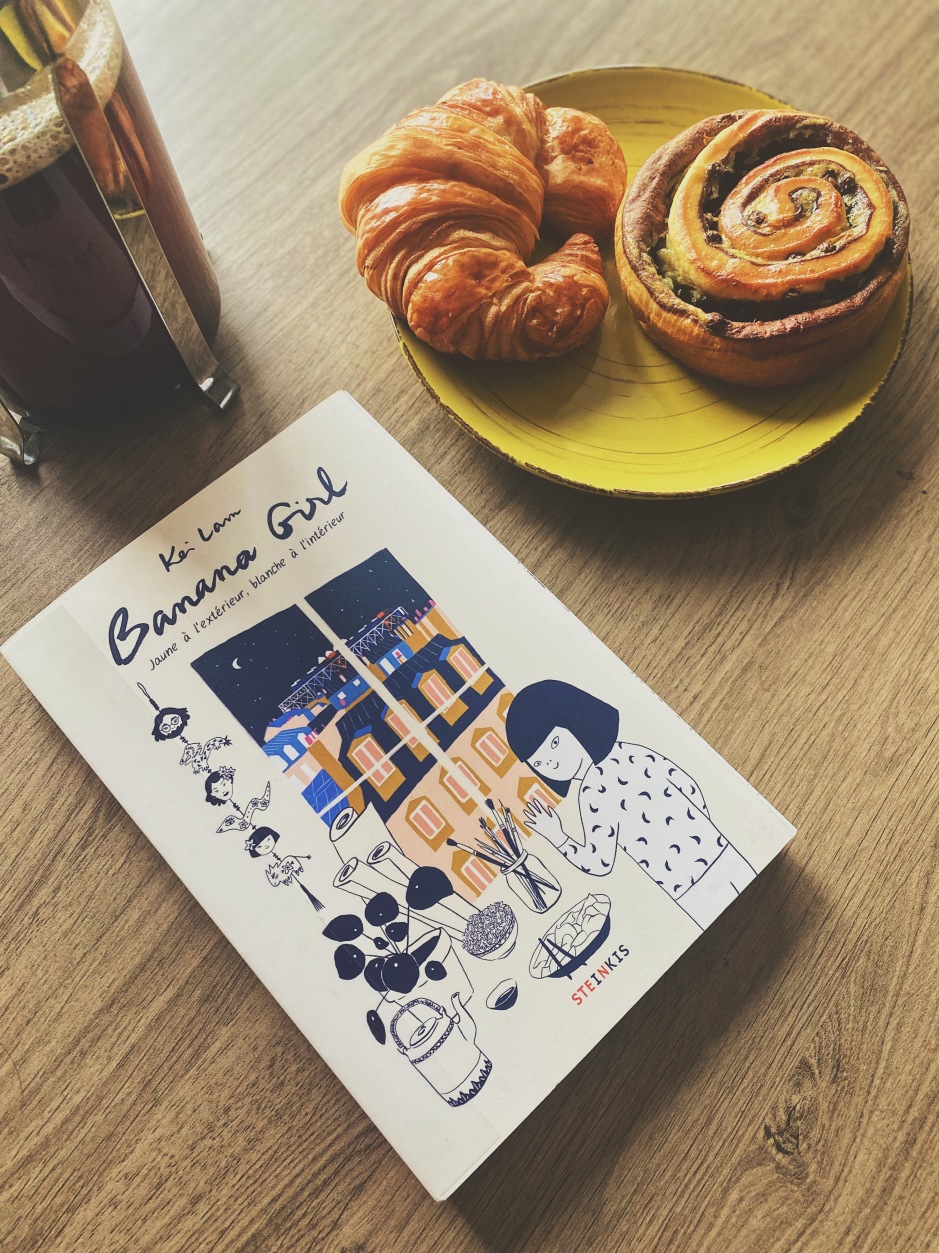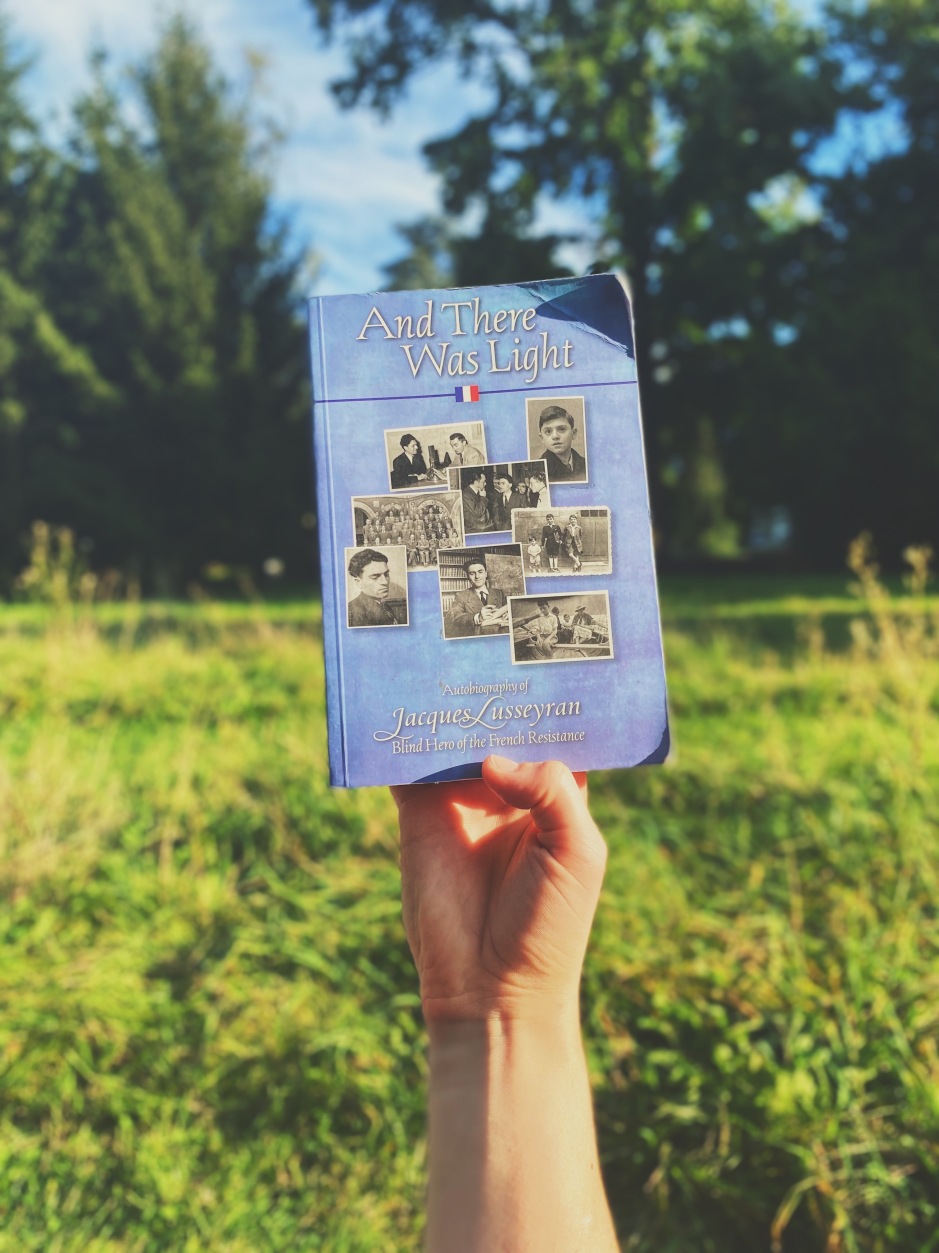
Searching for Justice: Proust and the Dreyfus Affair – Les Bookworms
Overview
A Year in the Merde by Stephen Clarke (2006) was originally published under the pen name Paul West (the protagonist in the book). The book explores Clarke’s own experiences of moving to Paris and figuring out the city, the people and the French culture. Written as a comedic representation, Clarke offers a Anglo-male perspective of an often repeated story of landing in the City of Lights and finding a home.
Country
France
How does this book question the idea of the Francophonie? (Does it go against the grain? Does it stay stereotypical?)
This book is based on the stereotypes of France and the French. It isn’t revolutionary or original in its critique of the French culture. It stays pretty much on surface of your basic tropes. In the episode, we discussed how the characters – notably the French women represented in the book- were rather one dimensional and written to be self-serving. While the protagonist is a bit of a misogynistic prick, the book did create a broader conversation on the difference in the French workforce, how people approach moving abroad and of course, the perception of humor being heavily impacted by culture and language.




